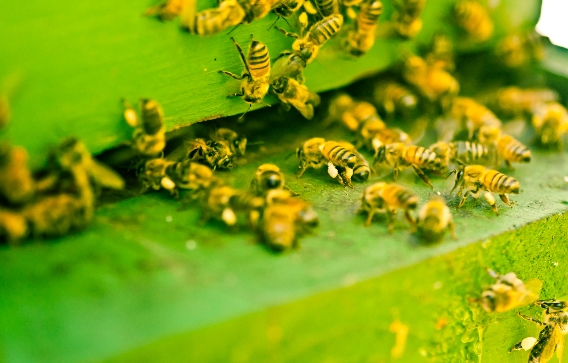
- Over 100 million Americans are exposed to dangerous levels of cancer-causing trihalomethanes (TTHMs) in tap water, a byproduct of chlorination.
- TTHMs are linked to bladder, colorectal, and other cancers, as well as pregnancy complications, organ damage, and central nervous system effects. Exposure occurs through drinking, inhalation, and skin absorption (e.g., during showers).
- Nearly 6,000 U.S. water systems in 49 states exceeded EPA's TTHM limits (80 ppb) between 2019–2023, with Texas, New York, Oklahoma, California and Illinois among the worst offenders.
- Runoff from factory farms (manure, pesticides) increases organic matter in water, requiring more chlorine – leading to higher TTHM formation. Six top violator states are major livestock producers.
- Beyond drinking, showering exposes people to TTHMs via inhalation and skin contact. A study estimates a lifetime cancer risk of 56 cases per million, affecting chlorination-dependent countries like the U.S., Canada, China and India.
A new report has revealed that 122 million Americans may be exposed to dangerous levels of cancer-causing chemicals in their tap water.
According to the Environmental Working Group (EWG) report, released on April 1o, nearly 6,000 public water systems in 49 states violated federal safety limits for trihalomethanes (TTHMs) at least once between 2019 and 2023.
Texas topped the list, with over 700 water systems serving 8.6 million people reporting THM levels above the U.S. Environmental Protection Agency's (EPA's) legal threshold of 80 parts per billion (ppb). New York, Oklahoma, California and Illinois followed closely, with 3,170 systems across 10 states violating safety standards – collectively exposing more than 64.5 million people to dangerous TTHM levels.
TTHMs are chemical byproducts formed when chlorine and other disinfectants react with organic matter, including decaying vegetation, pesticides and animal and human waste, in water. (Related: Drinking water found to contain far more cancer-causing chemicals than previously thought.)
These contaminants, such as chloroform bromodichloromethane, dibromochloromethane and bromoform, are linked to bladder, colorectal and other cancers, as well as pregnancy complications like stillbirths, birth defects and liver or kidney damage.
Moreover, the report highlights a disturbing connection between industrial livestock operations (CAFOs) and water contamination. Six of the top 10 violator states are among the nation's largest producers of cattle, poultry and hogs. Runoff from animal manure and pesticides seeps into reservoirs and surface water, forcing utilities to use more chlorine – which then forms even more TTHMs.
"Manure from factory farms is polluting our water supplies and when utilities try to make that water safe to drink, they unintentionally create another public health hazard that increases the risk of cancer and birth defects," Anne Schechinger, the director of EWGs Midwest, said along with the release of the report.
Study reveals humans can absorb TTHMs through skin contact and inhalation while showering
Aside from TTHM exposure by drinking water, humans can also absorb these chemicals through skin contact and inhalation while showering.
A Universidad de los Andes study has found that inhaling TTHMs during showers poses a significant cancer risk, with an estimated lifetime exposure risk of 56 cases per million people. The study argued that chlorination effectively kills waterborne pathogens, but it also generates THMs – carcinogenic chemicals formed when chlorine reacts with organic matter.
The study also revealed several key factors affecting exposure. These include chloroform levels in the water, shower duration and shower stall size (smaller spaces trap more chemical vapors). Although risks are similar for men and women, individual showering habits and water quality play a role.
The stochastic (probability-based) model also underscores that TTHM exposure is a universal issue, particularly in countries reliant on chlorination, including the U.S., Canada, China and India.
Visit Chemical.news for similar stories.
Watch this video to learn the impact of toxic chemicals on the environment.
This video is from the Brighteon Highlights channel on Brighteon.com.
More related stories:
Florida raises allowable limits of cancer-causing chemicals in drinking water ahead of fracking boom.
Sacramento officials caught secretly adding cancer-causing chemicals to the water supply.
"Forever chemicals" in drinking water drive alarming cancer surge, new study warns.
Sources include:
Please contact us for more information.

















